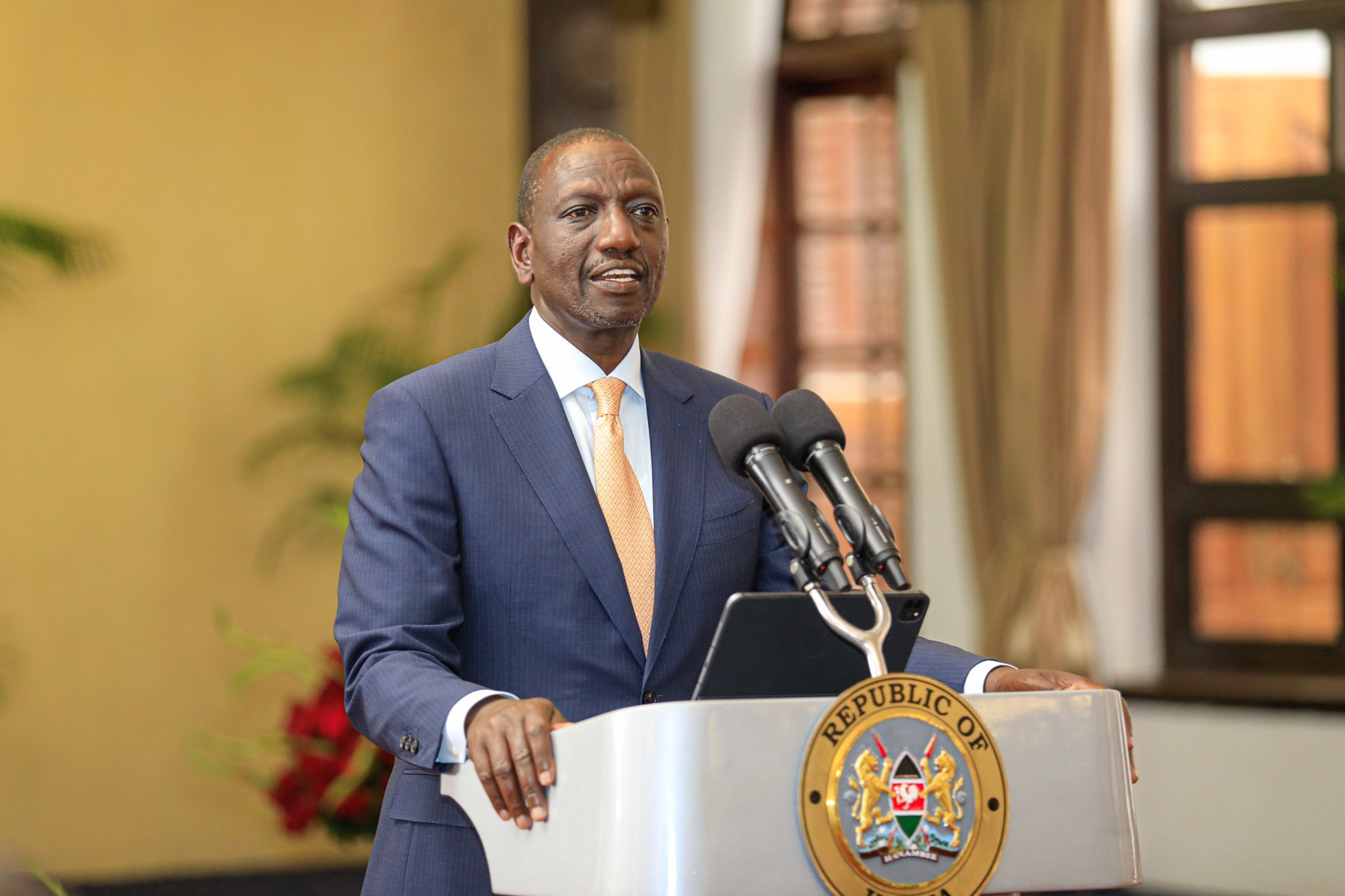
The Kenyan president revealed to attendees including citizens, business leaders, and government officials, a plan to bolster revenue collection from 14% of GDP to 22% in the next 10 years.
President Ruto highlighted his administration’s recent successes in broadening the tax base, bringing in 1.2 million new taxpayers, and bringing in an extra Sh24.6 billion (about $190.7 million) for the fiscal year 2023–2024.
“We must address these challenges collectively to create a more resilient economy,” Ruto stated, elaborating on how his Bottom-Up Economic Transformation Agenda would be vital in creating jobs, boosting productivity, and reducing the cost of living.
The president also admitted that long-standing problems like high unemployment and a housing scarcity have impeded socioeconomic advancement and need to be addressed right away, as reported by Sputnik.
As a result he mentioned how pivotal technology would be in future tax operations in order to achieve these objectives, while also ensuring transperancy.
President Ruto indicated that the Kenya Revenue Authority (KRA) will rely extensively on digital technologies to enhance tax compliance, with the goal of achieving a 90% compliance rate by 2026/2027.
“We will deploy artificial intelligence and automated systems for improved service delivery,” he stated.
During the meeting, the president also revealed that his administration plans to bring back some of the tax reforms that had been dropped due to the violent protest that had erupted in Kenya in June.
This would include VAT increases and new taxes on the digital industry, which will comprise the first-ever income tax payments for independent contractors working in ride-hailing and food delivery businesses.
“Our tax measures must be fair, and every eligible entity must pay,” the president mentioned.
President Ruto, also asked that citizens use the KRA’s iWhistle platform to expose tax evaders, as he highlighted the importance of transparency within the tax system.










